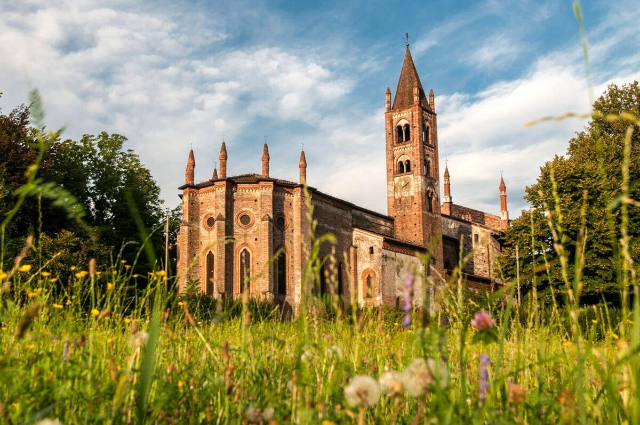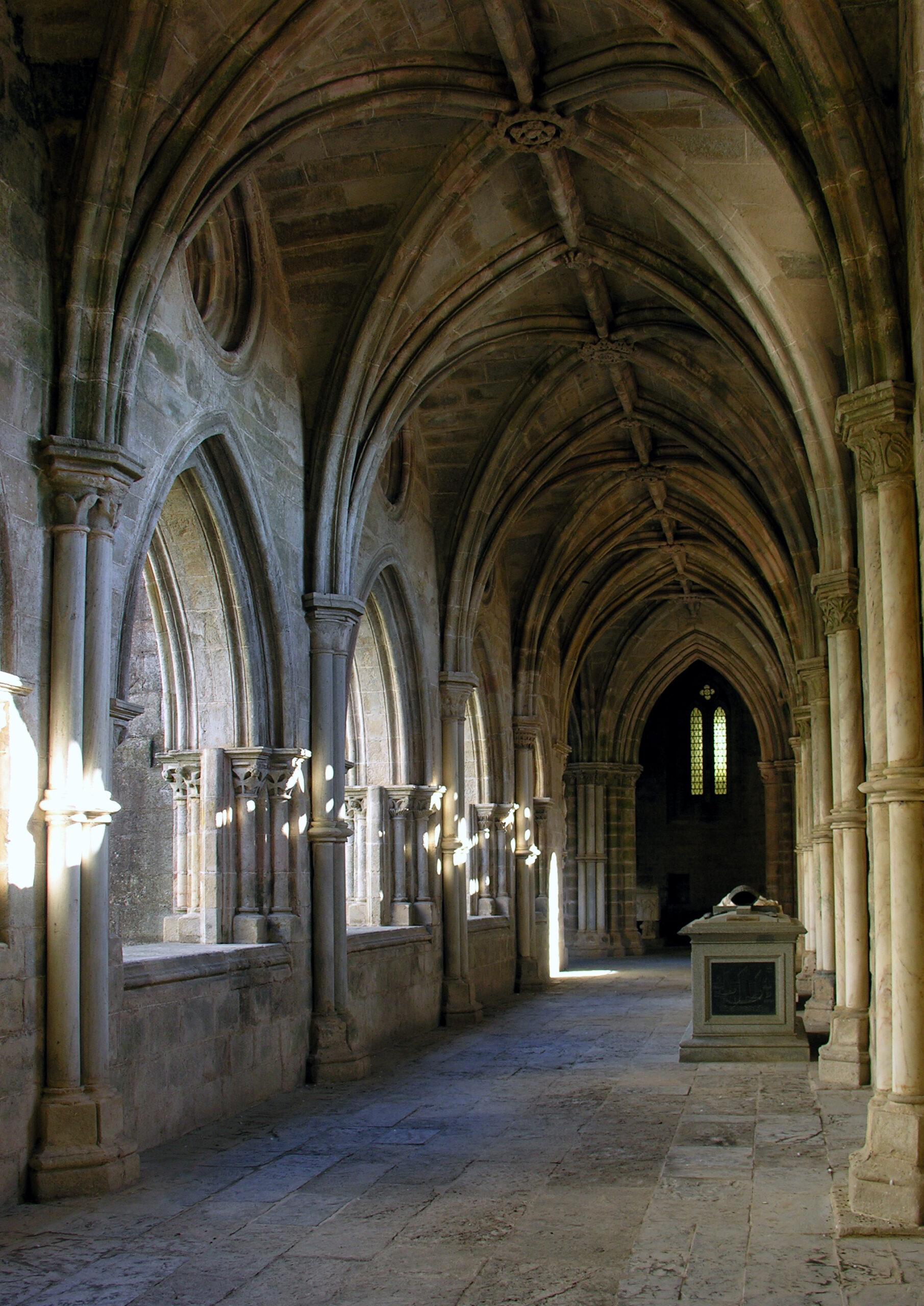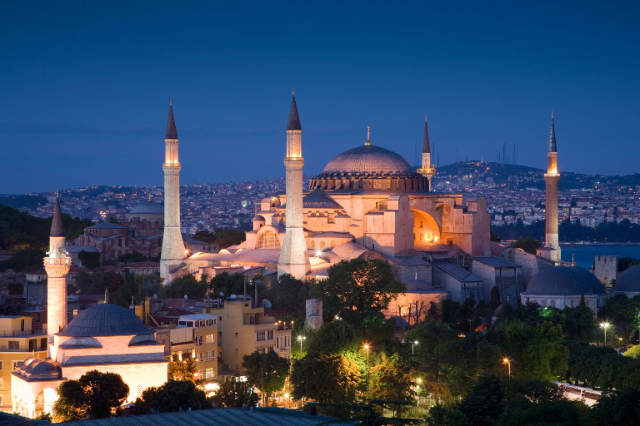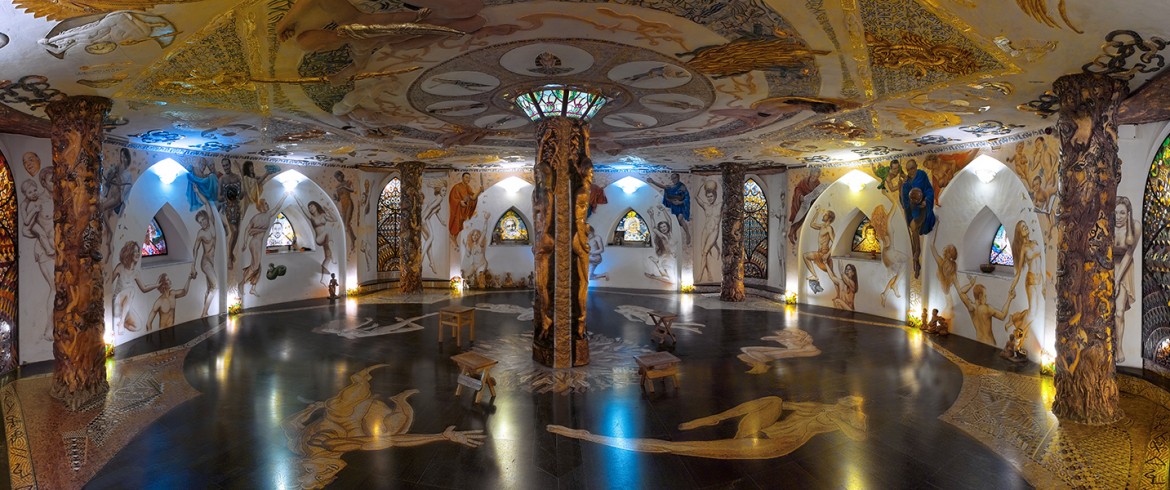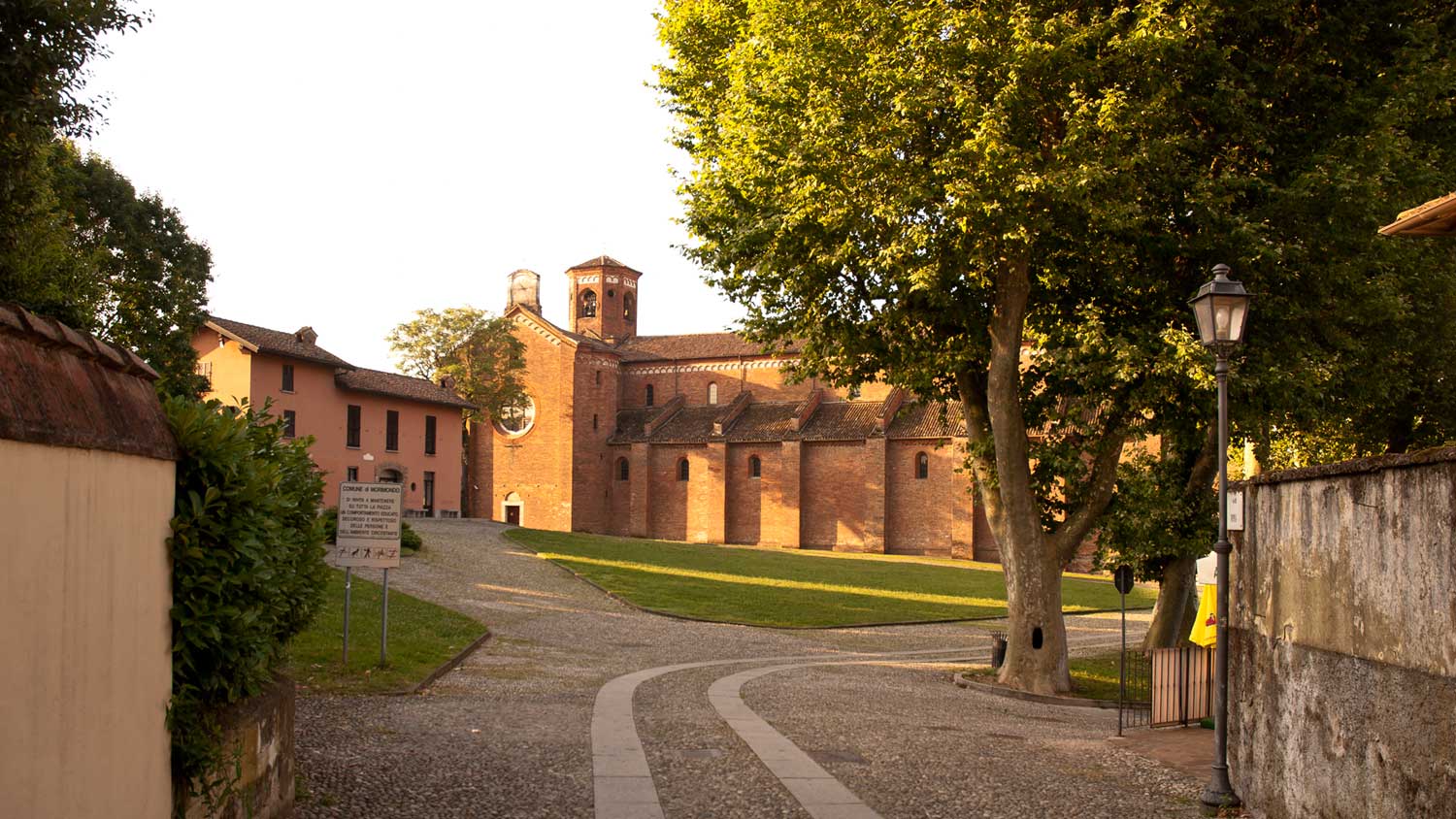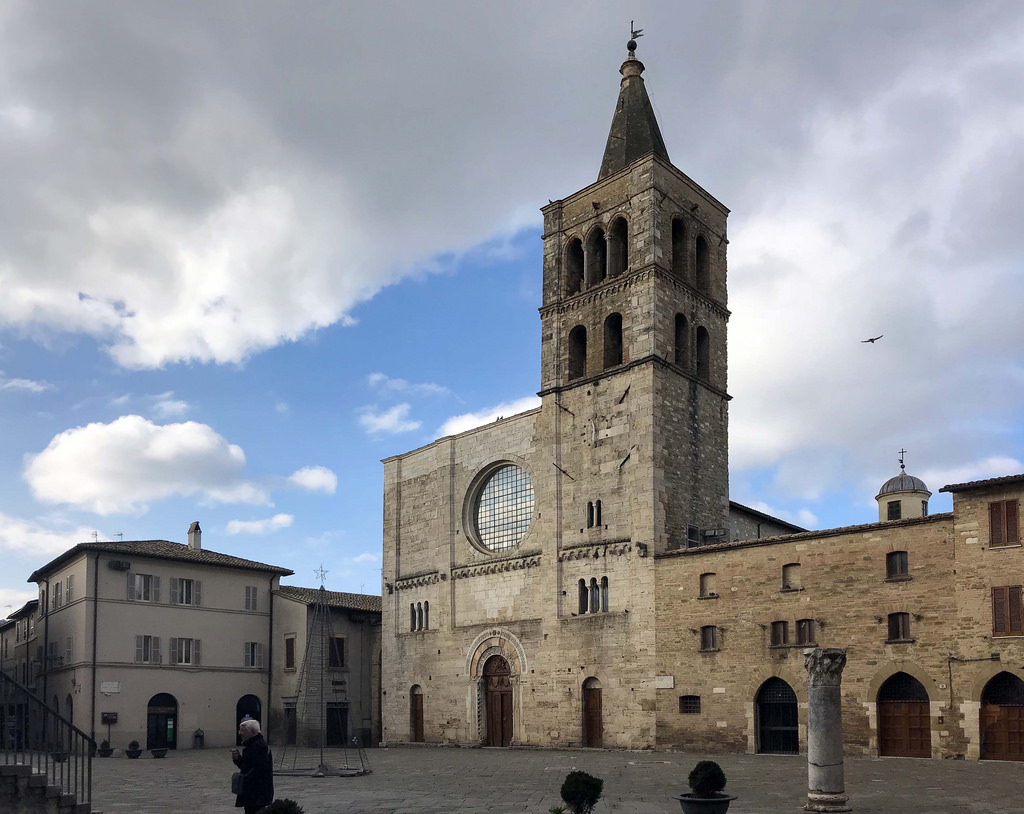The Susa Valley is a region rich in signs of the passage of the Via Francigena, an ancient pilgrimage route that connected Canterbury in England to Rome. This valley is crossed by two variants of the Via Francigena: one that passes through Mont Cenis and another that crosses the Montgenèvre Pass. In this article, we will explore some of the stopping places along this historic road, with a special focus on the Preceptory of St. Anthony of Ranverso.Along the route of the Via Francigena, the Sacra di San Michele is a place of particular importance. This majestic abbey was known to offer hospitality to traveling pilgrims. Similarly, the Abbey of Novalesa provided shelter to wayfarers coming from the Valico del Moncenisio.The same was true of St. Anthony of Ranverso, where traveling pilgrims and merchants found a "hospitale," a place where they could refresh themselves and take care of themselves.This was especially important considering that the time was plagued by "St. Anthony’s Fire," a widespread disease caused by poor nutrition, particularly the ingestion of ergot infected with a toxic fungus. St. Anthony’s Fire caused severe burning and skin irritation, making passing through places like St. Anthony of Ranverso a welcome relief for those who suffered.The Preceptory of St. Anthony of RanversoLocated between Rivoli and Avigliana, a few kilometers from Turin, the Preceptory of St. Anthony of Ranverso is a historic complex that offers an immersion into an almost forgotten era.Preceptories were medieval structures that included a church with a cloister, lodgings for monks and buildings to house pilgrims, a hospital, a warehouse for agricultural products, farms, and farmland.History of the PreceptoryThe Preceptory dates back to the year 1188, when King Umberto III of Savoy entrusted it to the Antonians with the intention of creating a facility with a guesthouse for pilgrims and a kind of lazaret for the sick. In 1776, the Antonian Order was abolished by Pope Pius VI, and ownership of the Preceptory passed to the Mauritian Order, which still cares for it today.St. Anthony: The Benefactor SaintSt. Anthony Abbot, born in Coma, Egypt, around 250 AD, dedicated his life to caring for the suffering. His commitment was so deep that he is often depicted with a staff, fire at his feet, a Tau (Christian symbol) and a pig beside him. The pig was tattooed with a Tau on its back, and this association with St. Anthony later made him the patron saint of all domestic animals.The Complex of St. Anthony of RanversoThe St. Anthony of Ranverso complex is one that has seen the addition of several structures over the centuries. In addition to the church, which can be visited, one can find the hospital facilities, the convent, some mills, and the farmsteads where the monks and farming families who rented the preceptory lands resided.The Interior of the ChurchThe interior of the church has undergone many transformations over the centuries. Initially, between 1180 and 1185, it consisted of a single nave. However, due to the increase in population and the flow of pilgrims along the Via Francigena, it was necessary to enlarge the church, leading to its present form with three naves.The FrescoesThe interior of the church is adorned with numerous frescoes, some of which were painted by Giacomo Jaquerio in the early 15th century. These frescoes, known as the "Imago Pietatis," decorate the apse, chancel and sacristy. The church also houses a polyptych commissioned from Defendente Ferrari in 1530.The St. Anthony of Ranverso complex is a place of great historical significance, and its beauty and history offer visitors a unique opportunity to immerse themselves in the ancient Via Francigena and its rich heritage.
